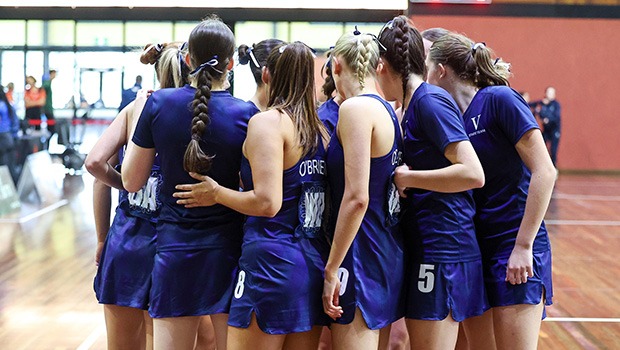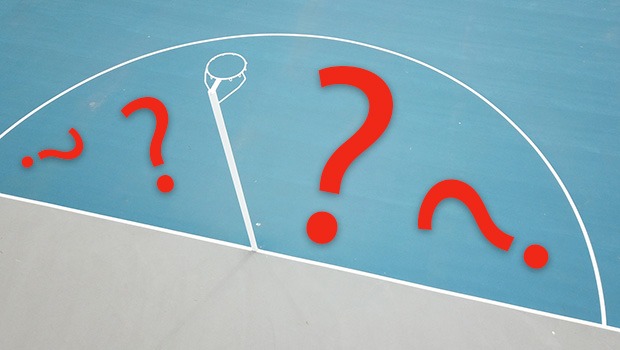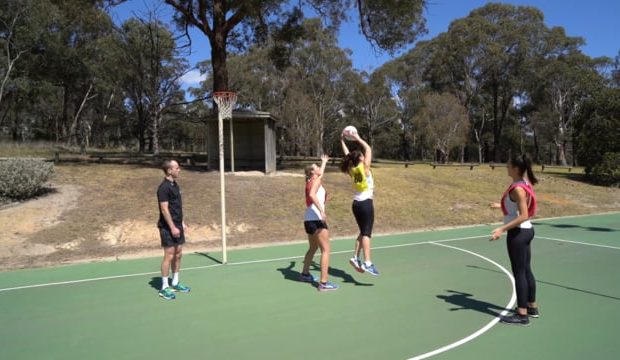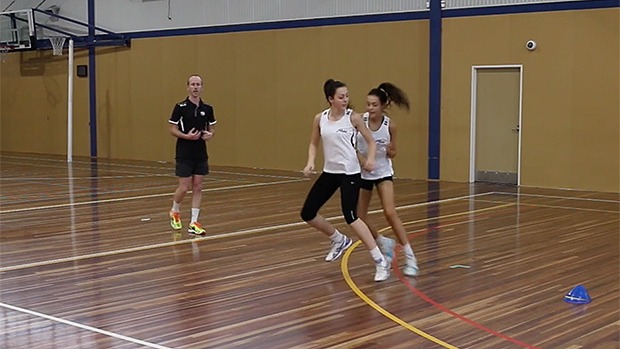
No matter what age or level you coach, it’s inevitable that at some stage throughout each season your netball team will come up against a very speedy opposition player.
The type of player it’s very hard to find a matchup for, unless you’ve got your own speed demon who just happens to play the opposing position.
Of course, sometimes those ultra fast players are also ultra inconsistent, but the ones who have the skills to match their speed are very, very dangerous indeed.
Think Kelsey Browne.
While you might never be able to completely shut these players out of the game,
Here are four simple strategies for limiting the effectiveness of attacking players for whom speed is a major weapon.
STEP UP AND DICTATE
One of the biggest mistakes defenders make when defending a fast player one on one is to turn and run with them the moment the player starts driving downcourt.
It’s a natural instinct to want to start running downcourt alongside the attacker, for fear of losing them and being burnt. But unless the defender is just as fast and athletic as that player, they’re likely going to be burnt anyway, or be beaten on a simple change of direction.
Instead, the defending player should look to step towards the attacker as they begin to drive downcourt, blocking them from making the move they want to make, taking away their speed, and slowing their progress down the court. Even better – angle the body so that the attacker is encouraged towards the sideline, and away from the dangerous space in the middle of the court.
In this way, they’re removing some of the speed from the contest, and controlling the attacker’s movements, which may in turn throw the opposing team out of sync, creating the potential for bad passes and turnovers.
DRILL: DEFENSIVE BLOCKING
DRILL: WORKING THE DRIVER
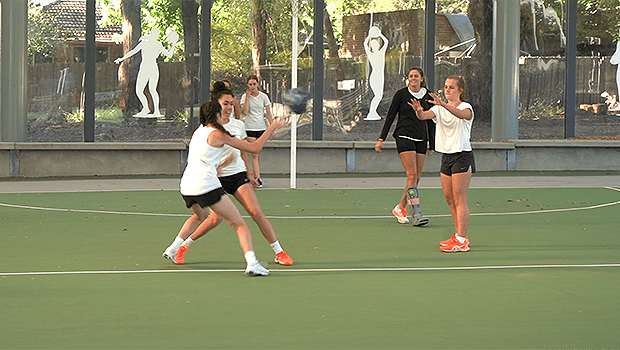
2-ON-1
If a fast player is dominating on centre passes, consider a defensive double team.
This usually means your C working with either the WD or GD to shut down the WA or GA and force the opposing team to look for another option. If the opposition C is used to being able to hit that dominant fast player on 90% of their centre passes, you might score some turnovers from panicked passes when that option has been closed down.
Just remember that your WD and C may also need to switch opponents after the centre pass, if your C ends up wide in the court covering the WA.
DRILL: CENTRE PASS DEFENCE – DOUBLE TEAM
PUSH THEM HIGH/CONCEDE UP COURT
If your team is being dominated by a speedy player, stop and consider where they are going to do the most damage.
If they’re a WA or GA, that danger zone is probably deep in the goal third, so think about creating ways to force the player to take more balls further up the court, ideally in the centre third.
You might consider telling your team to double up or shut down the OTHER players on centre passes or in transition, so that the dominant speedy player is the only option and needs to drive higher in order to receive the ball.
Or ask your players to defend slightly behind and to the side of their opponent, so that they are forced higher and wider in the court to receive, and can’t access the backspace as easily.
From there your team can work to keep them high by stepping up and dictating.
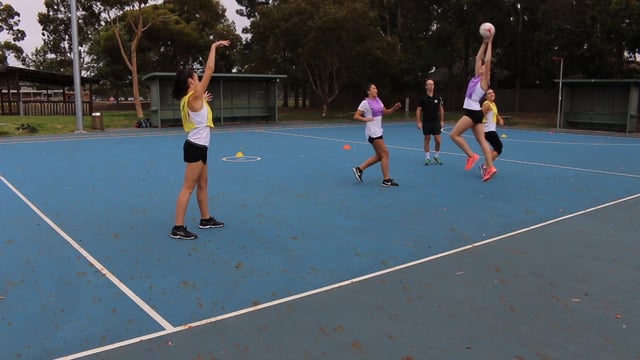
TEAM DEFENCE
Inevitably your defensive players are sometimes going to find fast players hard to stop as they drive downcourt, and just won’t be able to stop them one on one every time.
So teaching your players how to communicate and switch to help cover each others’ opponents is an important skill they’ll need as they progress with their netball.
Teach your players to have awareness not just for the person with the ball, but also to have vision to see other players who might be driving into the space near or behind them, so that they can move to help cover those drives and turn clear options into contested ones for the opposition team.
DRILL: SWITCHING IN THE ‘V’
